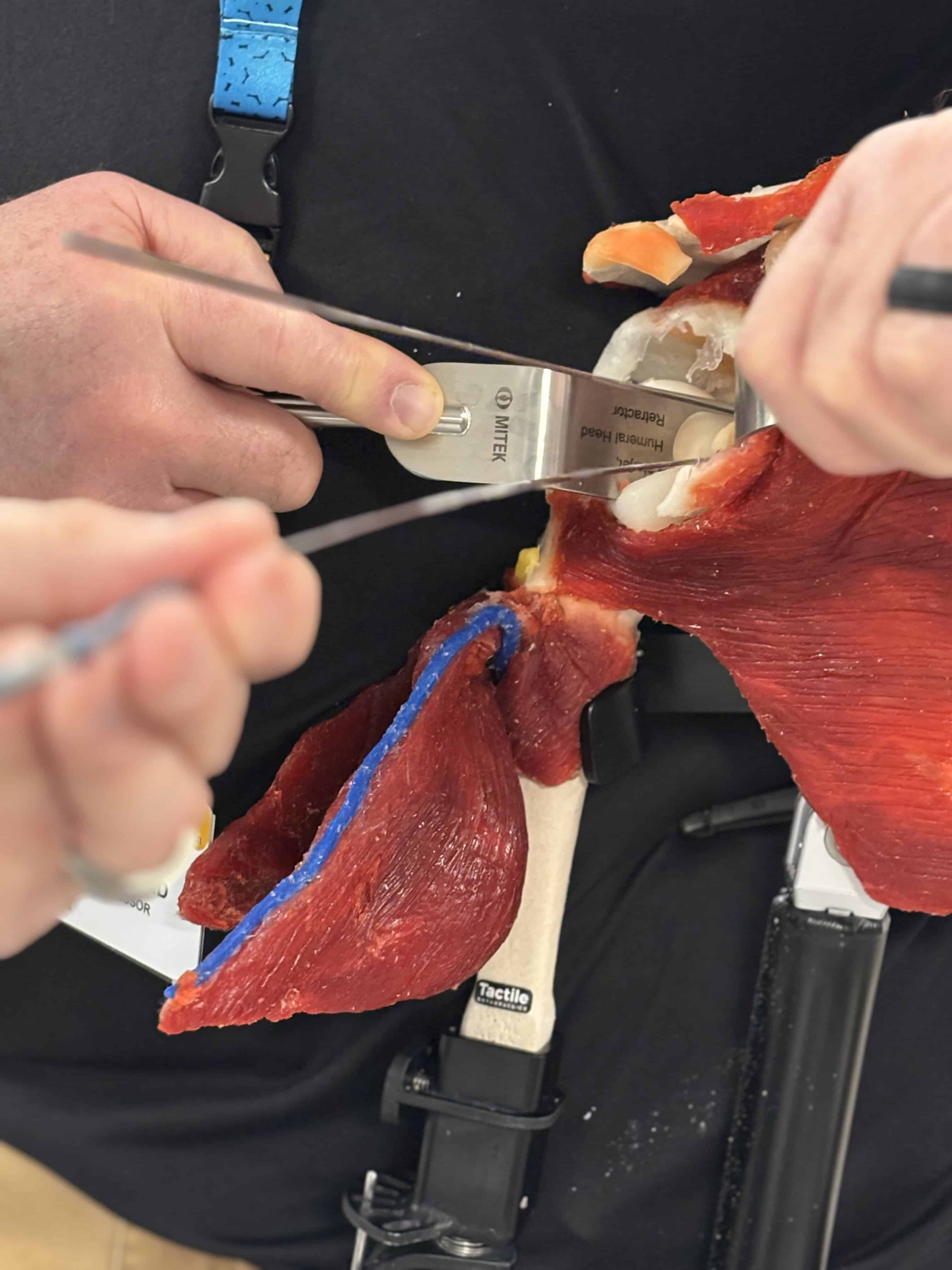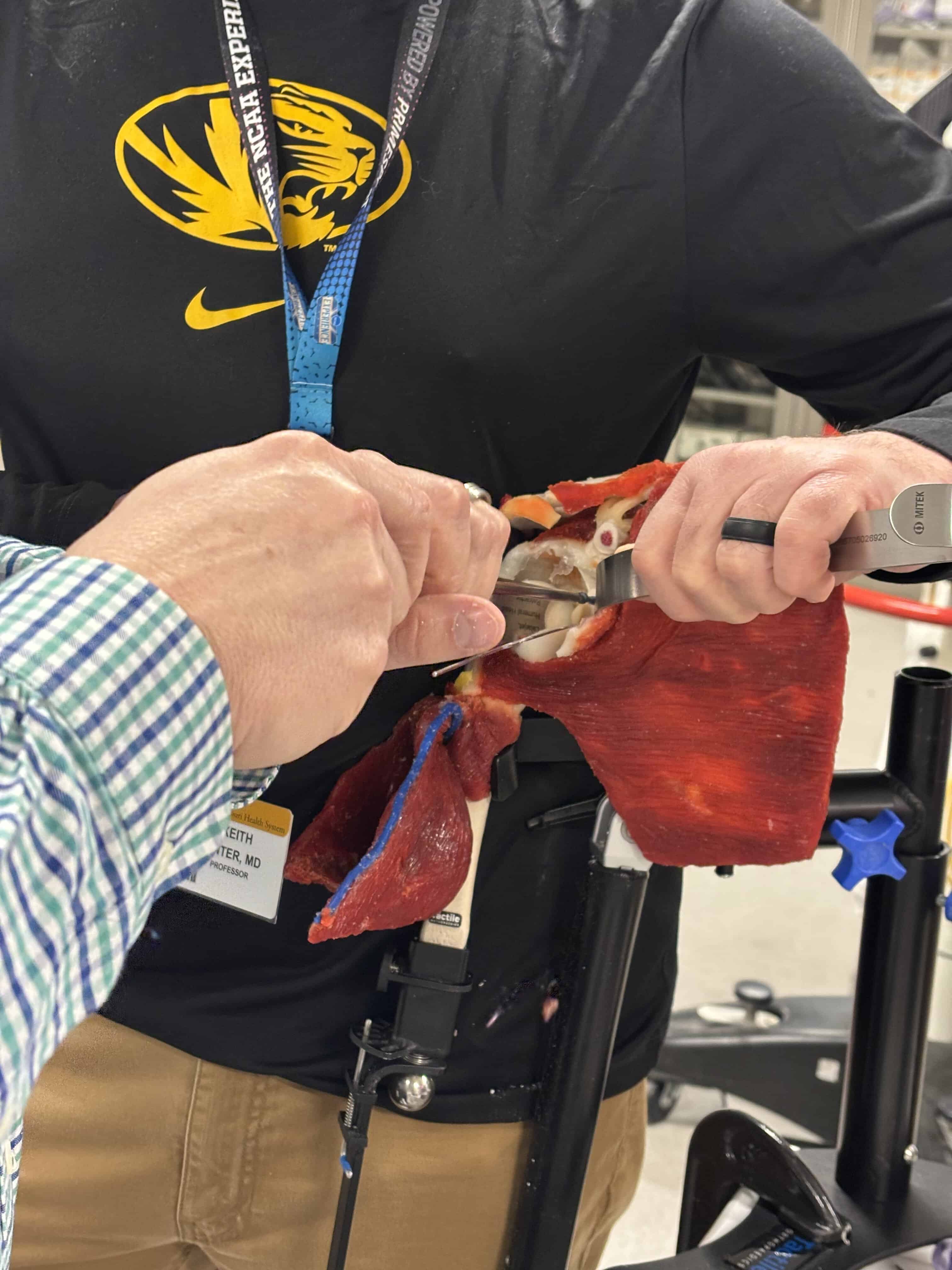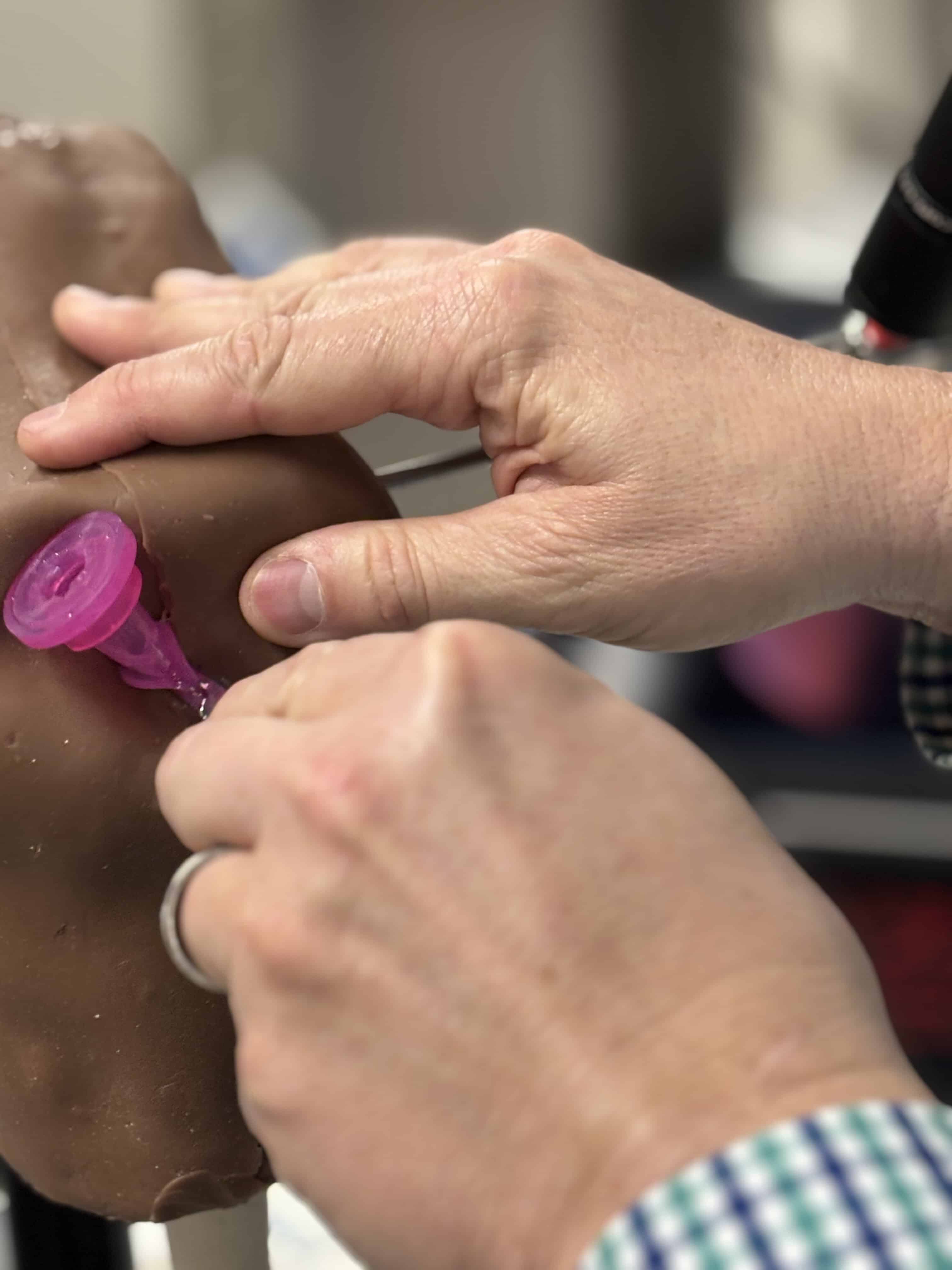AO Sport Advanced Course—Management of Rotator Cuff Disease and Shoulder Instability
This course aims to present a broad perspective about the shoulder, emphasizing the concept of “the shoulder as an organ “, where the synergistic interaction between soft tissues (ligaments, tendons, and cartilage) and bone is critical to promote optimal function. The focus is to provide a set of principles that should guide surgeons in the process of decision-making while dealing with shoulder injuries. The state of the art in diagnosis, planning, and management of shoulder disorders will be addressed by expert faculty.
Top national, regional, and international faculty
For attending surgeons, fellows, and residents
Network with colleagues from all over the world
CME credits
2-3 days in duration
Course content
-
Course objectives
Upon completion, participants should be able to:
- Describe the surgical anatomy of the ligaments and tendons of the shoulder
- Explain how anatomy influences surgical techniques for shoulder instability and rotator cuff procedures.
- Perform the spectrum instability and rotator cuff interventions from basic to complex.
- Discuss the role of arthroplasty in the management of various shoulder conditions.
-
Course modules
- Module 1—The shoulder as an organ
- Module 2—Practical exercise: Rotator Cuff
- Module 3—Complex Rotator Cuff
- Module 4—Practical exercise: Complex Rotator Cuff
- Module 5—Shoulder instability
- Module 6—Practical Exercise: shoulder instability
- Module 7—Arthroplasty
-
Featured Lectures
- Overview of anatomy, biomechanics and portals
- Shoulder Instability
- Panel Discussion: Complex Rotator Cuff
- Superior Capsular Reconstruction / Tuberoplasty
- Lower Trapezius Tendon Transfer
- Tuberoplasty and Suprascapular nerve Decompression
-
Practical Exercises
- Rotator Cuff
- Arthroscopic Rotator Cuff Repair (Interval Slides; single/double row constructs; patch augmentation)
- Subscapularis Repair
- Biceps Tenodesis
- Complex Rotator Cuff:
- Superior Capsular Reconstruction/Tuberoplasty
- Lower Trapezius Tendon Transfer
- Video Demonstration: Suprascapular Nerve Release
- Shoulder Instability
- Anterior labrum repair
- Posterior labrum repair
- Remplissage
- Open Latarjet
- Live demonstration: Capsular shift
- Rotator Cuff
-
Small Group and Case discussions
- Rotator Cuff:
- Tear types and repair principles
- Subscapularis tears
- Biceps
- Shoulder instability
- Bone Loss (discussion on what each faculty uses, plus video)
- Posterior Instability
- Humeral avulsion of the glenohumeral ligament (HAGL)
- Acromion Clavicular joint Injuries
- Shoulder arthroplasty
- Anatomic TSA)
- Reverse TSA (including fracture)
- Shoulder arthroplasty
- Rotator Cuff:
Course details may be subject to change. Please check your chosen date and location for the detailed program.





